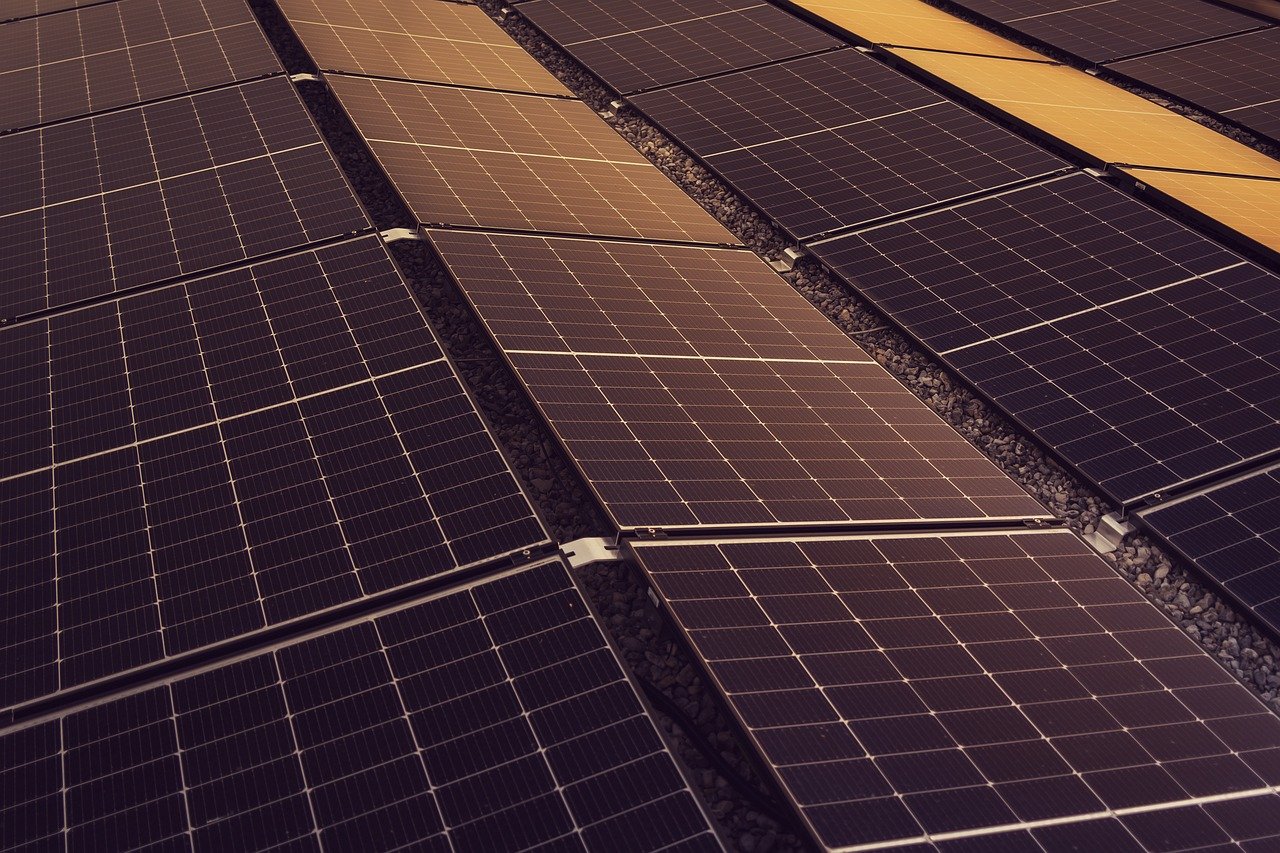The Solar-Powered Well Revolution in India
 Rajasthan, the largest state in India, is also one of the driest. The soil in the region is predominantly saline or alkaline, requiring a generous amount of water for successful cultivation. Some areas are covered by sand and desert. Many villages rely on traditional wells and seasonal rainfall, often insufficient to meet their needs. Water is scarce in Rajasthan but can typically be found at 100 to 200 feet deep.
Rajasthan, the largest state in India, is also one of the driest. The soil in the region is predominantly saline or alkaline, requiring a generous amount of water for successful cultivation. Some areas are covered by sand and desert. Many villages rely on traditional wells and seasonal rainfall, often insufficient to meet their needs. Water is scarce in Rajasthan but can typically be found at 100 to 200 feet deep.
The Invention
The state of Rajasthan is addressing its water needs with solar-powered wells. This cost-effective solution offers farmers an alternative to unpredictable rainfall. These solar-powered wells are replacing costly diesel or grid-powered pumps in some areas. The solar-powered pump draws water from underground to the surface, making it available for agricultural use. This innovation is a significant boost for farmers, greatly enhancing farm productivity and improving food security. Rajasthan is home to numerous large solar power parks, the first of its kind in India. It was established in a village in the state in 2012. Since then, many more solar parks have been developed in Rajasthan and across India.
The Indian government has set up 57 solar parks across 13 states, with nine in Rajasthan. This indicates that while Rajasthan pioneered this initiative, other parts of the country are also eager to harness the benefits of solar energy. Rajasthan’s favorable landscape and sunny climate make it an ideal location for renewable energy projects, particularly in the solar sector. The state remains the leading solar-powered region in India, with a capacity exceeding 16 gigawatts. Major solar power companies in India, such as Tata Power Solar, Insolation Energy and Goldi Solar, are prominent players.
Solar-Powered Revolution in India
India is experiencing a solar-powered revolution in agriculture. The Indian government has subsidized solar pumps to nearly 100,000 farmers, which now irrigate more than a million acres and have increased agricultural water use by more than a quarter. Despite these advancements, 16.3% of the Indian population still suffers from undernutrition.
Agriculture is essential for achieving India’s national food security goals and remains the backbone of the country’s economy, with more than 70% of the population involved in agriculture-related activities. Solar-powered wells are now playing a significant role in enhancing food stability across the country. By 2026, more than three million farmers are expected to use solar-powered wells. This technology is rapidly spreading among rural communities in water-scarce regions in India, Africa and beyond. These wells are used for agricultural purposes, provide drinking water and serve other needs within the communities.
Looking Ahead
Groundwater is not unlimited; it has dried up to 400 feet below the surface in some areas. Despite this, solar-powered wells offer a valuable temporary solution to farmers’ challenges. In the future, the government and farmers will need to develop more permanent solutions for irrigation. Although this innovation is not a permanent fix, it has advanced the country’s progress toward renewable energy. Today, farmers are embracing creativity and innovation, using solar power to address various aspects of farming.
– Sigrid Nyhammer
Sigrid Nyhammer is based in London, UK and focuses on Good News and Politics for The Borgen Project.
Photo: Pixabay
